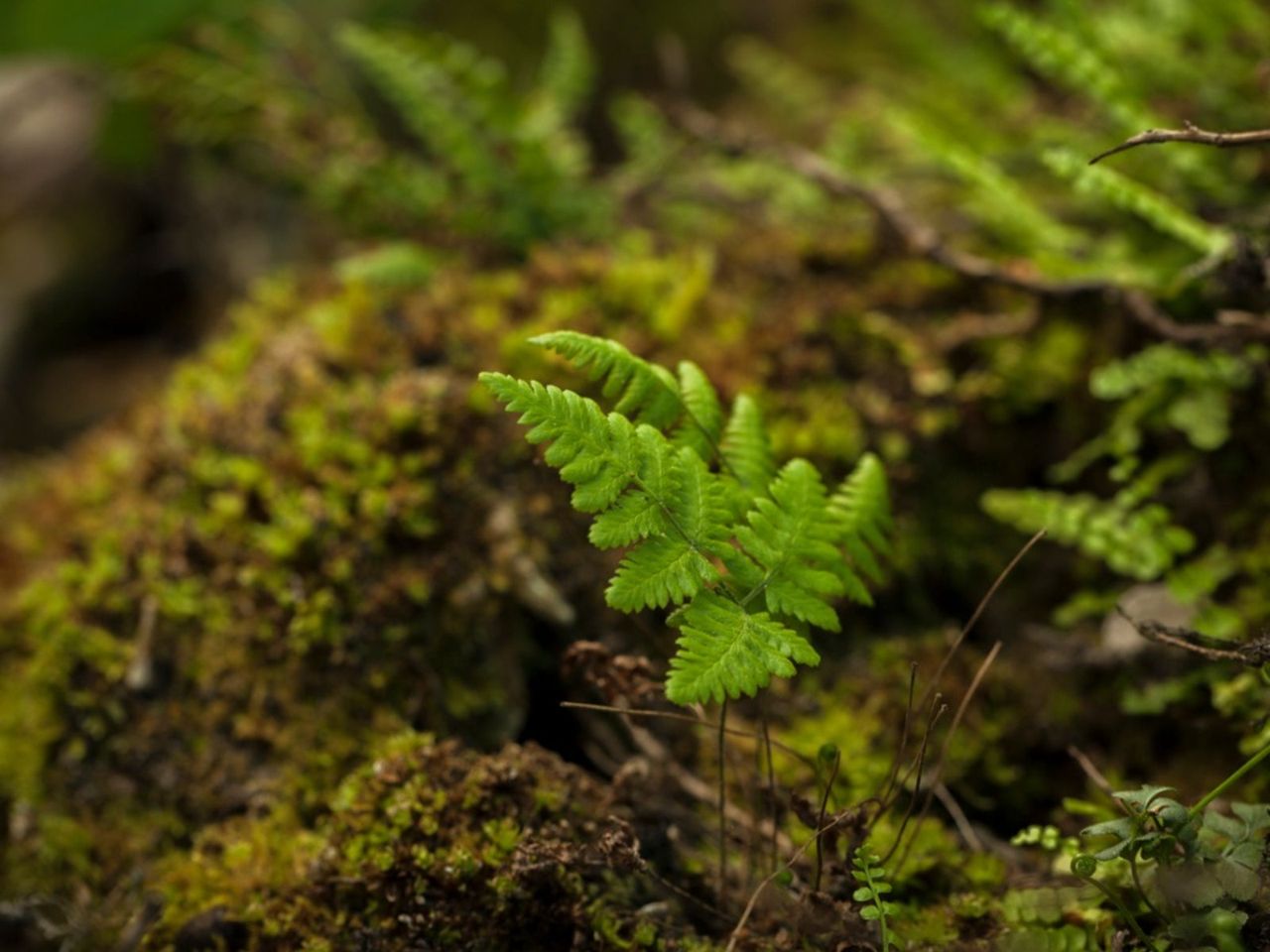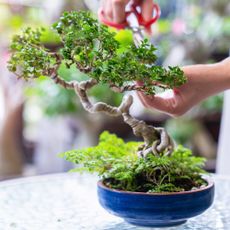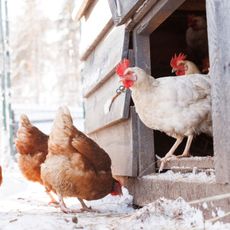What Is A Marsh Fern: Marsh Fern Info And Care


Native plants make excellent additions to the home landscape. They are naturalized to the region and thrive without extra babying. Marsh fern plants are native to North America and Eurasia. What is a marsh fern? These ferns are adapted to full to partial sun locations and almost any soil. They are attractive, medium sized ferns that add a lush texture to the garden. Marsh fern care is minimal and the plant is fairly winter hardy. Read on for more marsh fern info and decide if this plant is right for your landscape.
What is Marsh Fern?
Marsh fern plants (Thelypteris palustris) have erect stems and occasionally pendant fronds. The plant is deciduous and loses its leaves in winter. An interesting piece of marsh fern info regards the two sets of leaves it bears. One is the smaller fertile frond and the other is a larger infertile frond. Leaves are compound and pinnate with individual leaflets deeply divided and lance to oval shaped. There may be 10 to 40 pairs of leaflets on each leaf. The leaflets curve downward along their veins. Fertile leaves bear sori on the underside of the leaflets. These are small roundish rusty brown, fuzzy structures which contain the reproductive material of the fern. Marsh fern plants provide that perfect balance between tough and delicate. Their finely cut fronds are airy and lacy while their stoic nature makes them standout plants for the common sense gardener. All it really requires is shelter from the hottest rays of the day and consistent water to produce beautifully cut foliage year after year.
Growing Marsh Ferns
Marsh ferns thrive in boggy to moderately wet regions. Growing marsh ferns in the home landscape will require a location that mimics such conditions or constant irrigation. Sandy, acid soil provides the best medium, but this adaptable plant can survive in almost any medium as long as it is moist but not in standing water. Try growing marsh ferns around the edges of a water feature or pond, or along a swale where water collects in the rainy season. They are relatively unbothered by disease or pests. Remove any spent foliage as it occurs for best appearance. The plants pair well with other native species and ferns, such as Epimedium and marsh marigolds.
Marsh Fern Care
In cold climates with sustained freezes, apply mulch, such as organic bark or straw, around the plant's crown to protect the root zone. You may want to cut off the spent fronds and make a teepee around the top of the plant. This cocoons it and adds extra protection. Remove the foliage and mulch in early spring so new fronds can break through. Ferns generally need no fertilization in average soil. If your soil is poor, use a balanced all-purpose food, diluted by half in early spring. Otherwise, marsh fern care couldn't be easier. The plant has a moderate growth rate and regal appearance which is a boon to any garden.
Gardening tips, videos, info and more delivered right to your inbox!
Sign up for the Gardening Know How newsletter today and receive a free download of our DIY eBook "Bring Your Garden Indoors: 13 DIY Projects For Fall And Winter".

Bonnie Grant is a professional landscaper with a Certification in Urban Gardening. She has been gardening and writing for 15 years. A former professional chef, she has a passion for edible landscaping.
-
 7 Best Bonsai Trees For Beginners: Easy Options That Are Simply Stunning
7 Best Bonsai Trees For Beginners: Easy Options That Are Simply StunningDiscover the easiest bonsai trees to grow that bring beauty and serenity to your space. Perfect for beginners ready to start their bonsai journey!
By Bonnie L. Grant
-
 Winterizing Chicken Coop Pens And Boxes: 5 Steps To Keep Chickens Safe & Warm
Winterizing Chicken Coop Pens And Boxes: 5 Steps To Keep Chickens Safe & WarmWinterizing chicken coop pens and boxes is a crucial way to keep your chickens safe and warm in the cold season. Follow our five steps for happier, healthier chucks
By Bonnie L. Grant